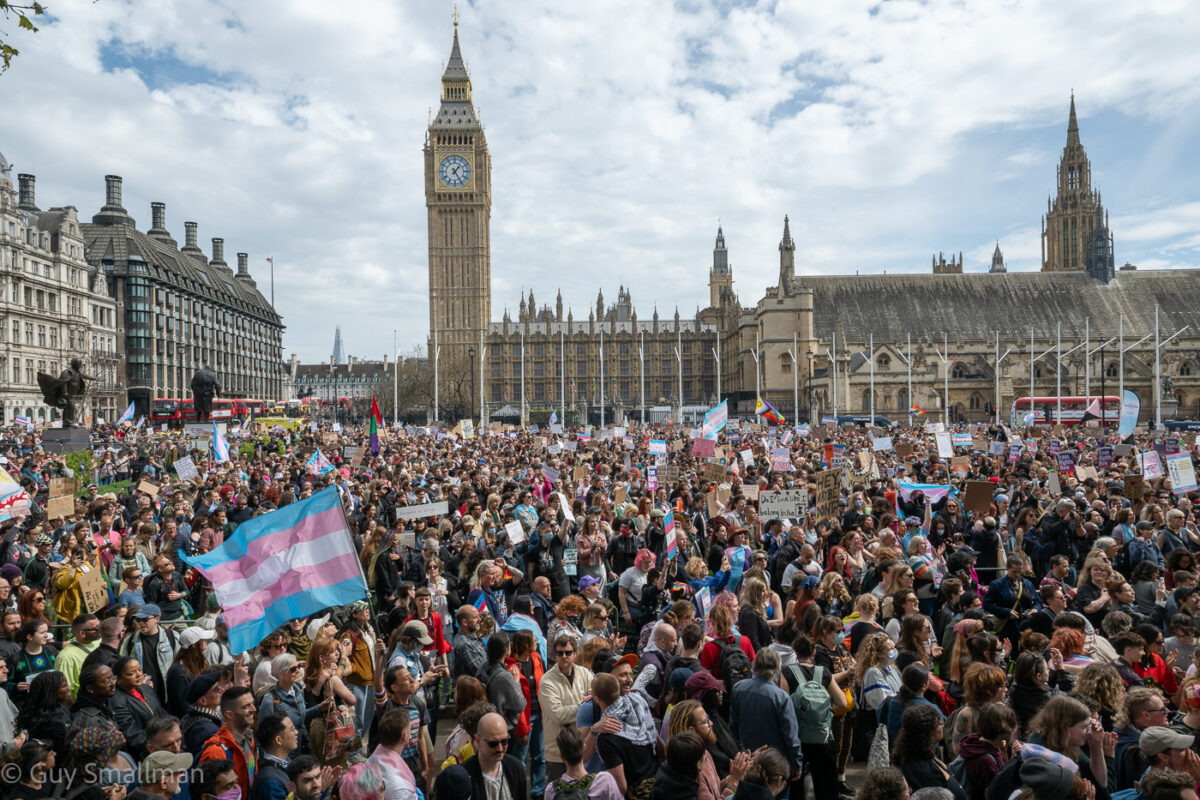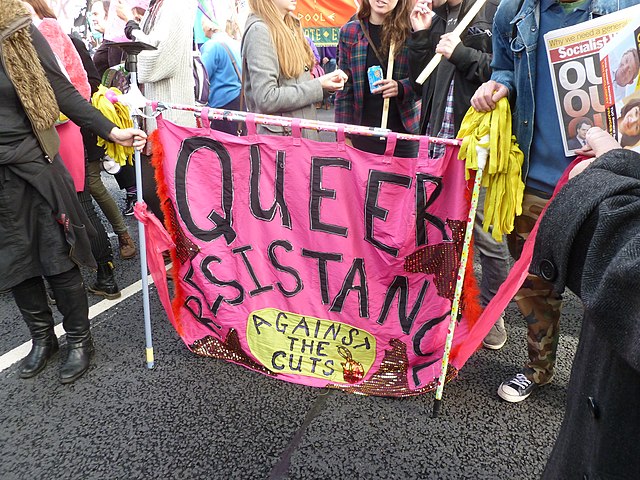Rebellious Daughters of History #43
by ,,Judy Cox

The French Revolution: Théroigne de Méricourt (1762–1817)
Théroigne was born in Marcourt, Rendeux. Her mother died after giving birth to her so she was sent to live with her aunt in Liége. She left after being forced to work as a servant.
Théroigne spent years as an unwanted guest being mistreated by various relatives. When she was sixteen she became a governess but left to pursue a singing career.
In 1789, Théroigne became swept up in the early stirrings of the Revolution. She attended meetings of the National Assembly, helped to set up the Society of Friends of the Law, which encouraged revolutionary activity in the provinces.
Théroigne was a passionate advocate of women’s rights, arguing that, ‘Women have the same natural rights as men, so that, as a consequence, it is supremely unjust that we have not the same rights in society’.
The royalist press attacked Théroigne as a “patriots’ whore” who was “ever to be found where the unrest was greatest,” attired in a “scarlet riding-habit and… black plume.”
In May 1790, Théroigne was captured by Austrian Troops. She was interrogated and abused but eventually released due to her bad health.
Théroigne returned to Paris in January 1792 to a hero’s welcome. She spoke at the Jacobin Club, and praised as “one of the first Amazons of liberty.” She was awarded a civic crown for her courage during the overthrow of the monarchy in August.
Théroigne campaigned for women to be armed: “Frenchwomen … let us raise ourselves to the height of our destinies; let us break our chains! At last the time is ripe for women to emerge from their shameful nullity, where the ignorance, pride and injustice of men had kept them enslaved for so long …!”
In early 1793, she allied herself with the Girondins, the opponents of the radical Jacobins. On 15 May, Théroigne was delivering a speech when she was attacked by women Jacobins. She was rescued by Jean-Paul Marat.
Théroigne’s behavior became erratic, and on 20 September 1794 she was certified insane and put into an asylum. She was sent to La Salpêtrière Hospital in 1807, where she lived for ten years, intermittently lucid and speaking constantly about the Revolution. Following a short illness, she died there on 9 June 1817.

Why the Statues must Fall: Sarah “Sally” Hemings
Thomas Jefferson was an American statesman, diplomat, lawyer, architect, philosopher, Founding Father and third president of the United States from 1801 to 1809. The principal author of the ‘Declaration of Independence’, Jefferson was a proponent of democracy, republicanism, and individual rights.
But Sally Hemings was his slave. Jefferson’s wife Martha inherited Sally, her 5 siblings and her mother Betty from her father, John Wayles. Wayles was also the father of Betty’s children.
Thus the slaves were Martha’s half sisters and brothers.
In 1787 Sally, aged 14, accompanied Jefferson’s younger daughter Mary “Polly” to London and then to Paris, where the widowed Jefferson was serving as the United States Minister to France.
During Sally’s two years in Paris Jefferson, aged 44, began to rape her. Her son suggested that Sally agreed to return to the US on condition the child she was carrying would be freed. Sally remained enslaved in Jefferson’s house until his death living in basement rooms under his mansion.
Jefferson has been proved to be the father of Sally’s six children (four of whom survived into adulthood). The children lived in Jefferson’s house as slaves and were trained as artisans. But Jefferson did free all of Sally’s ‘ surviving children as they came of age.
After Jefferson’s death, Sally was “given her time” by his daughter in an informal freedom. She lived her last nine years with her two younger sons in Charlottesville, Virginia. She saw a grandchild born in the house her sons owned.



